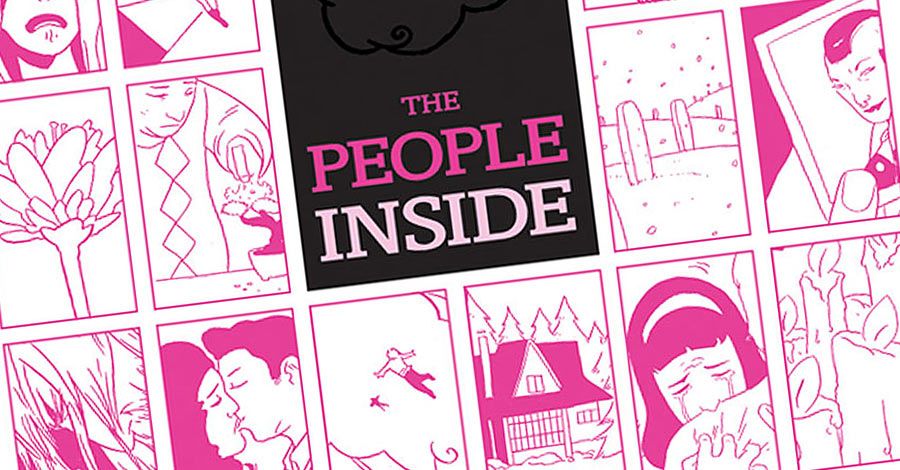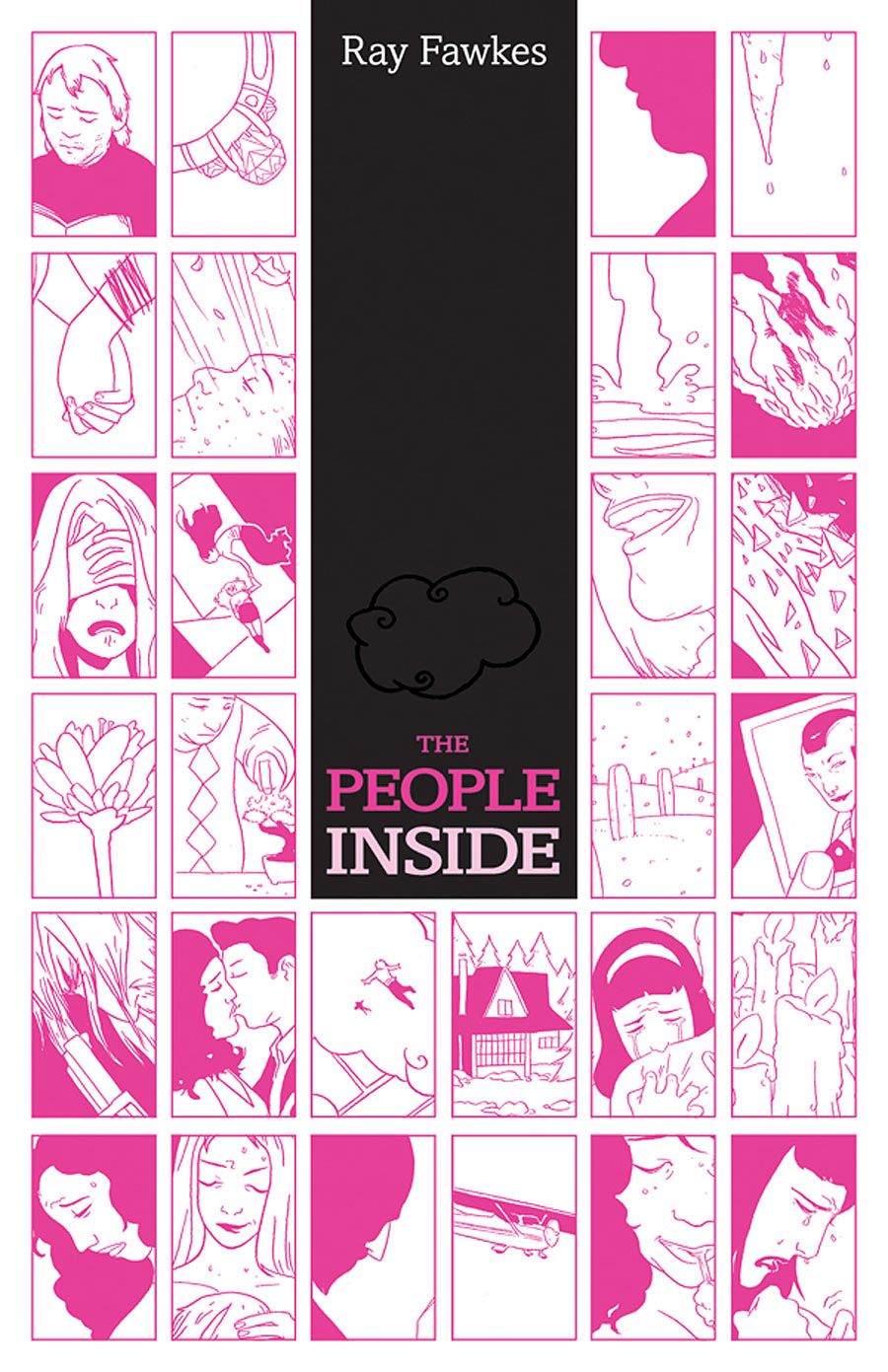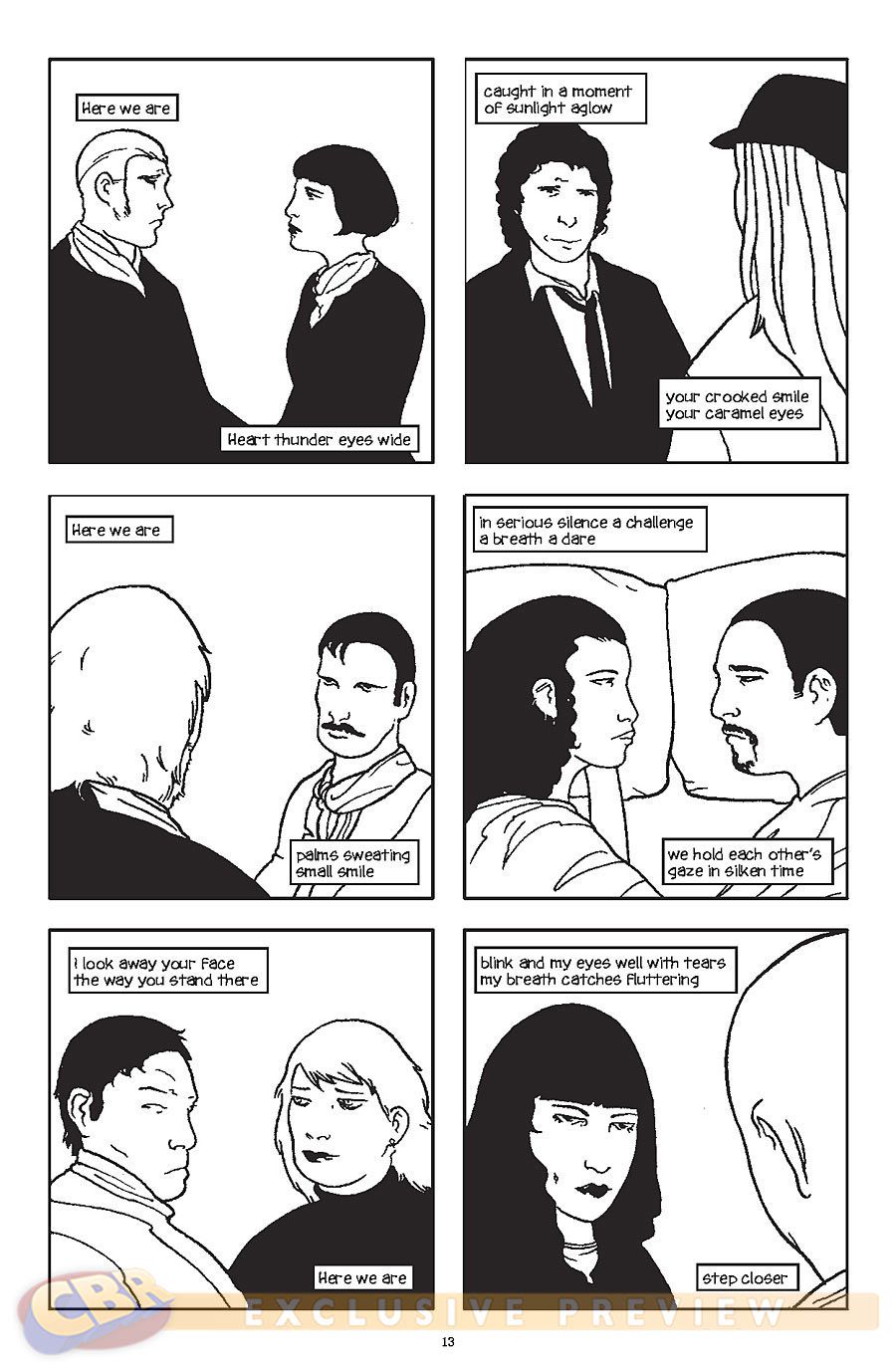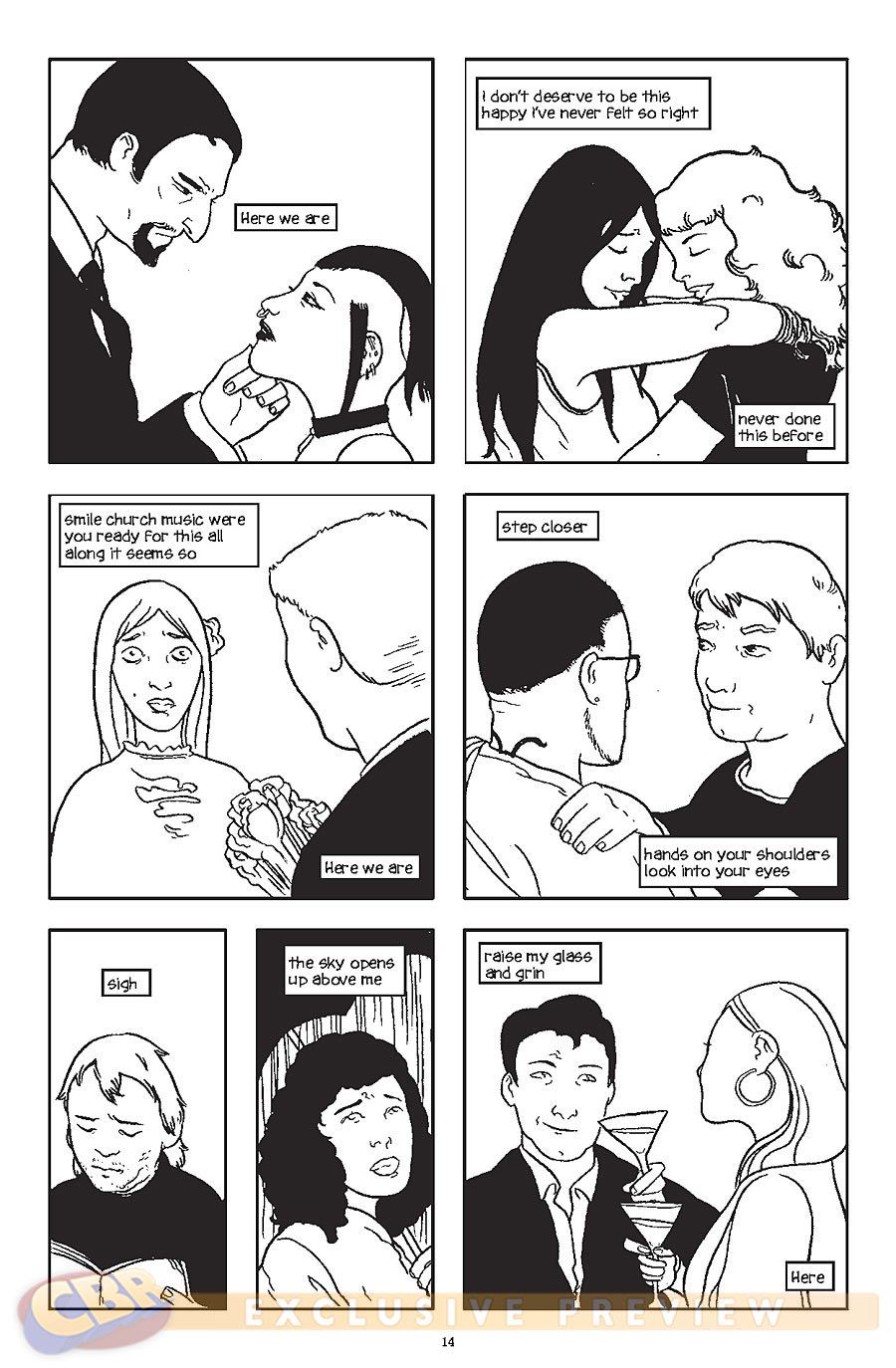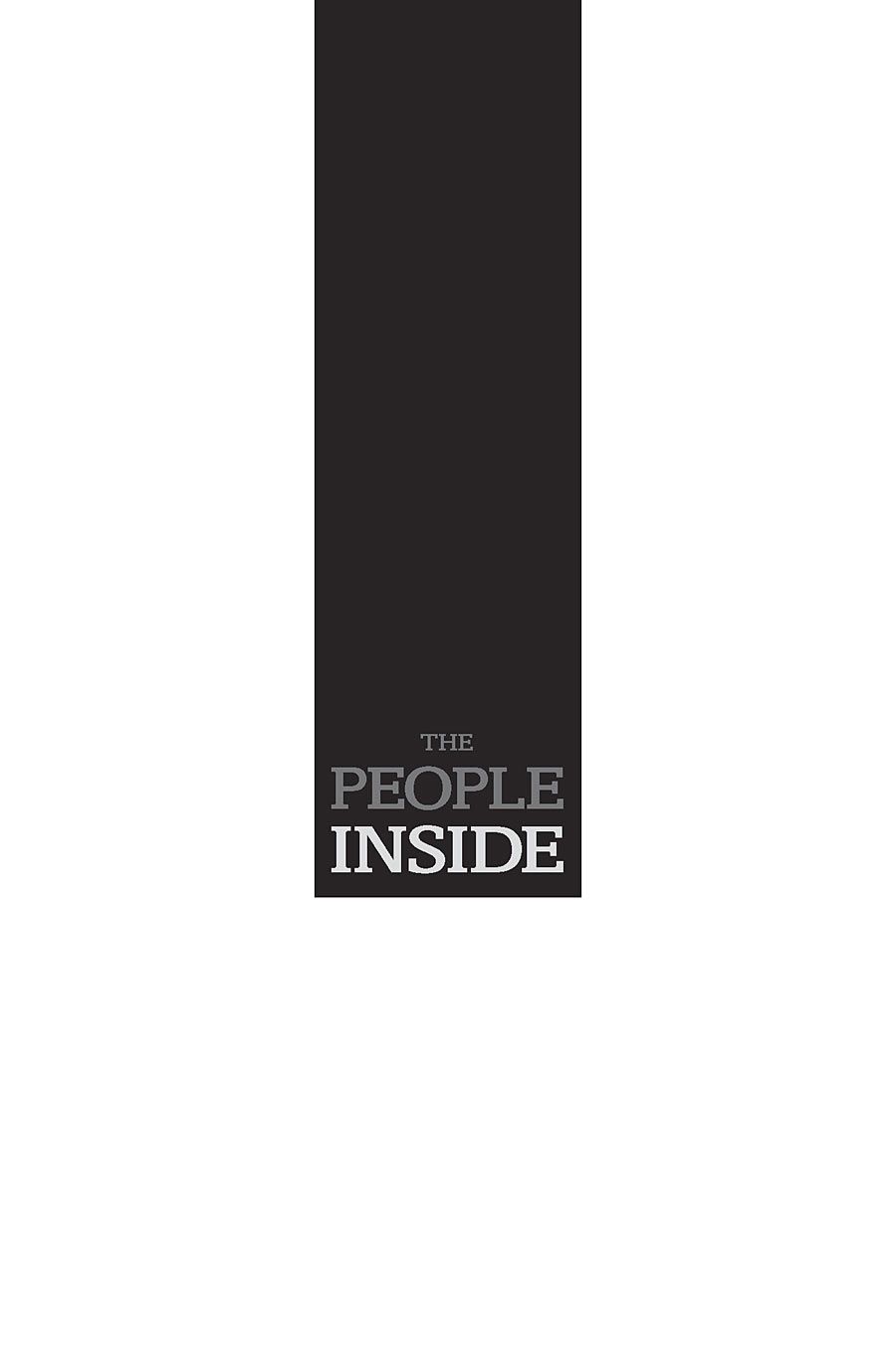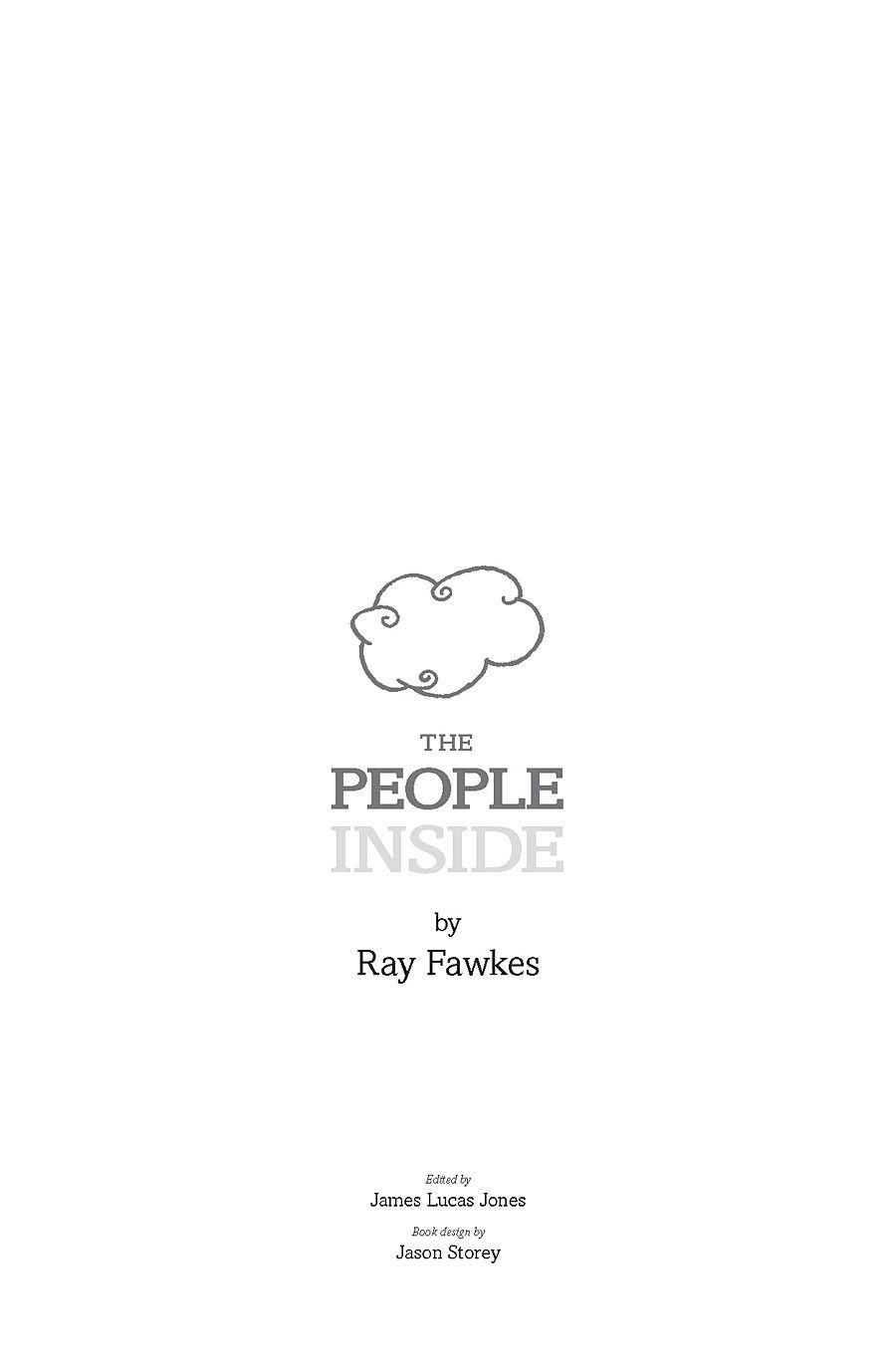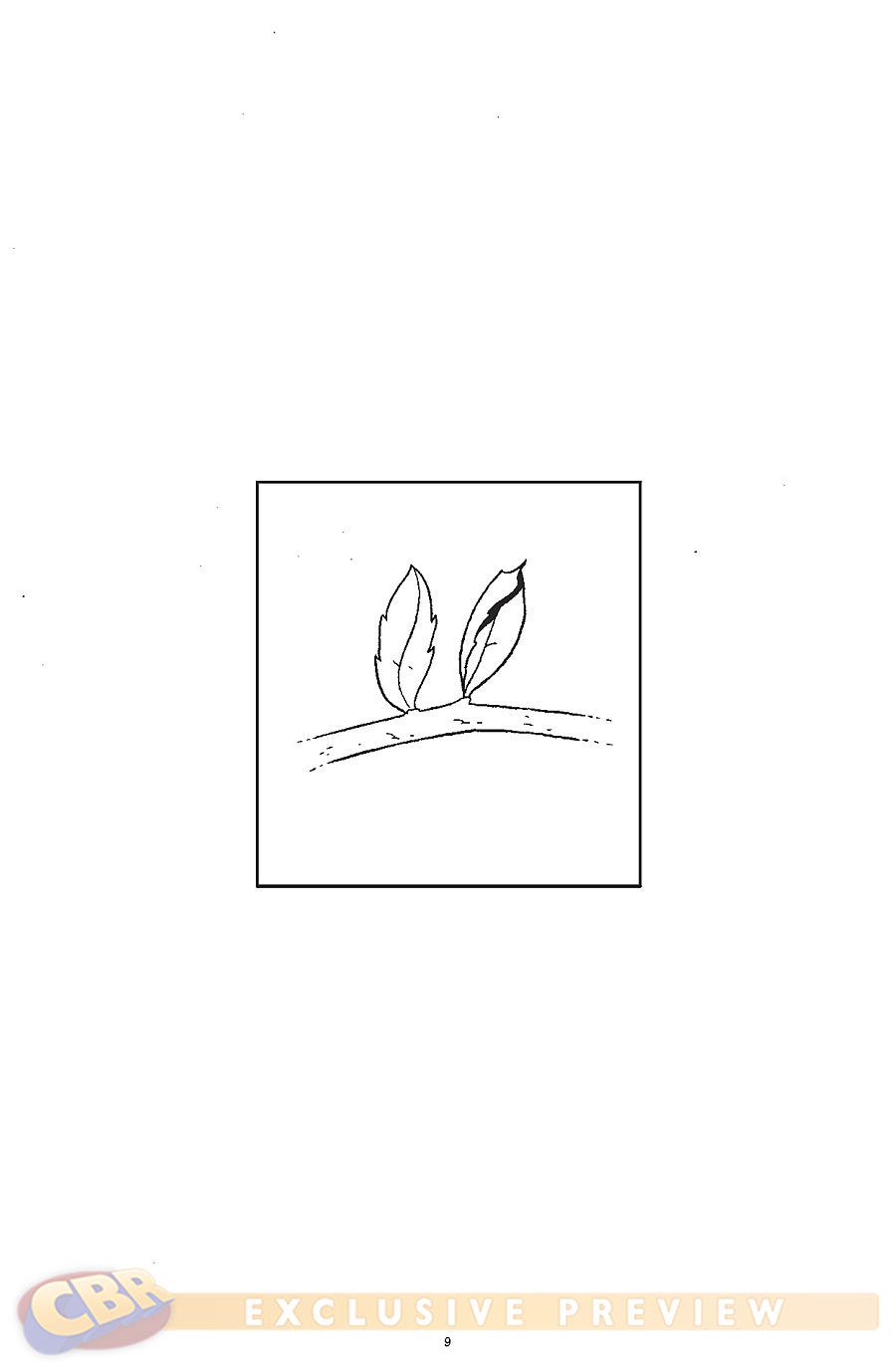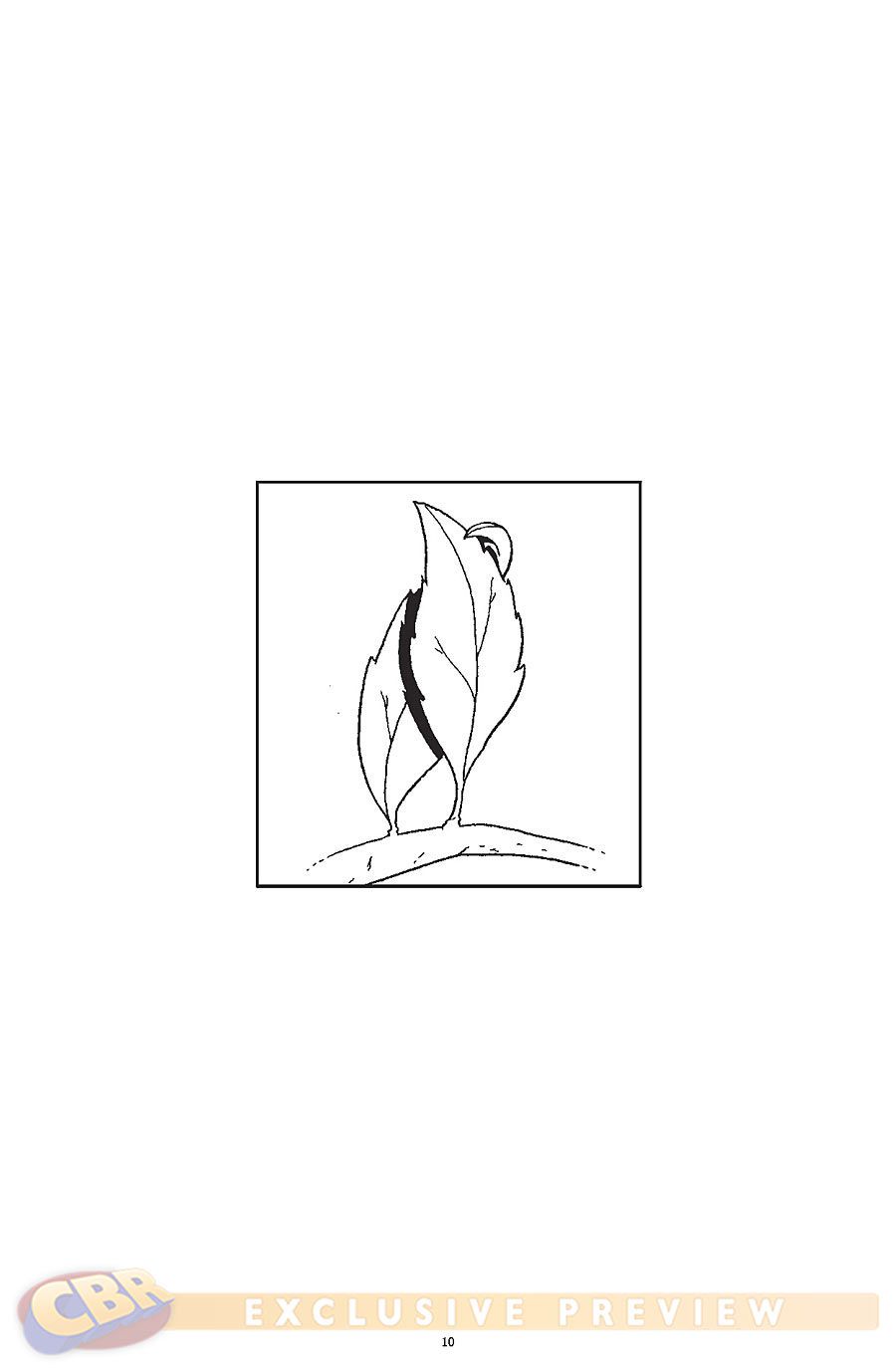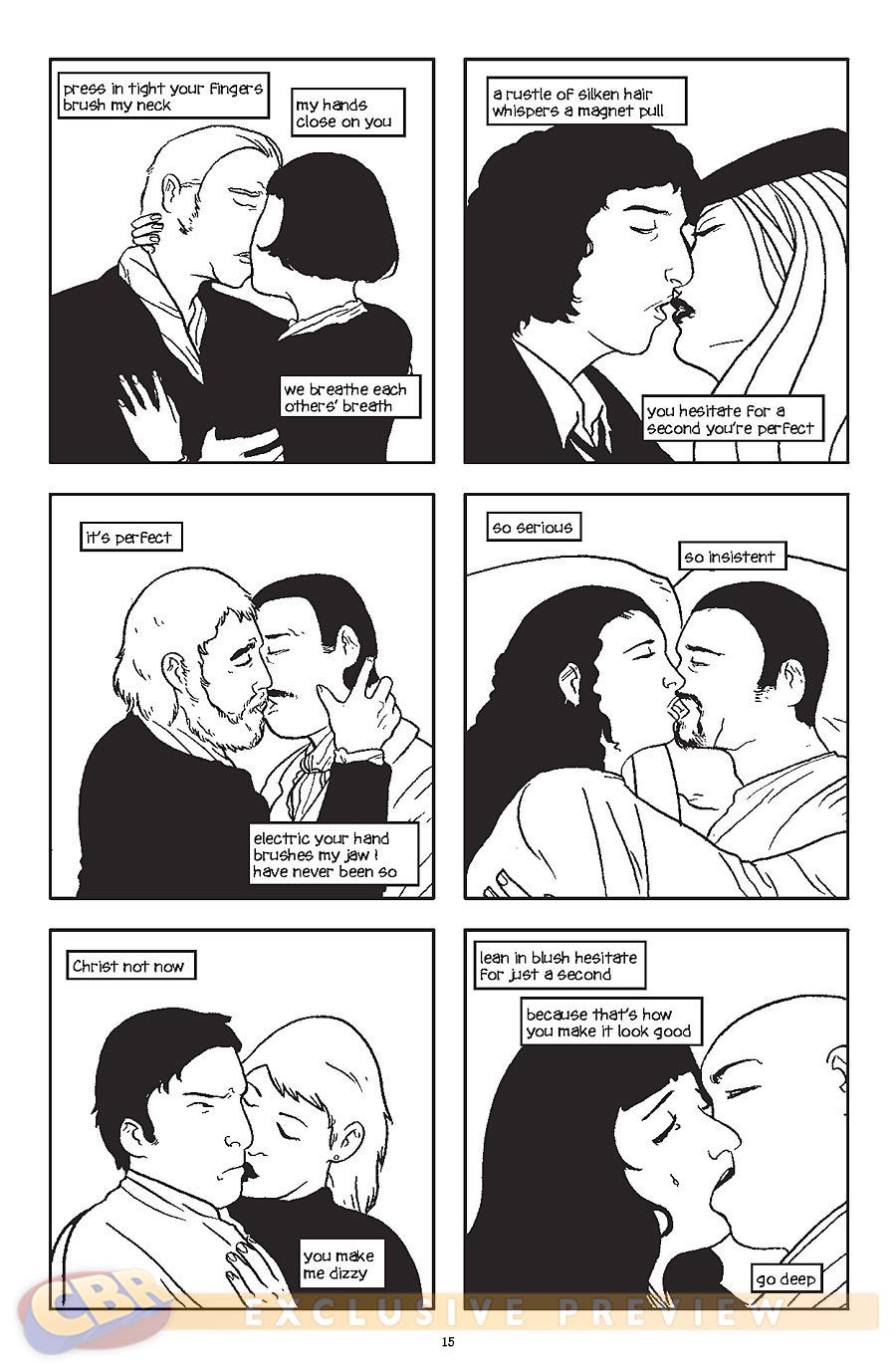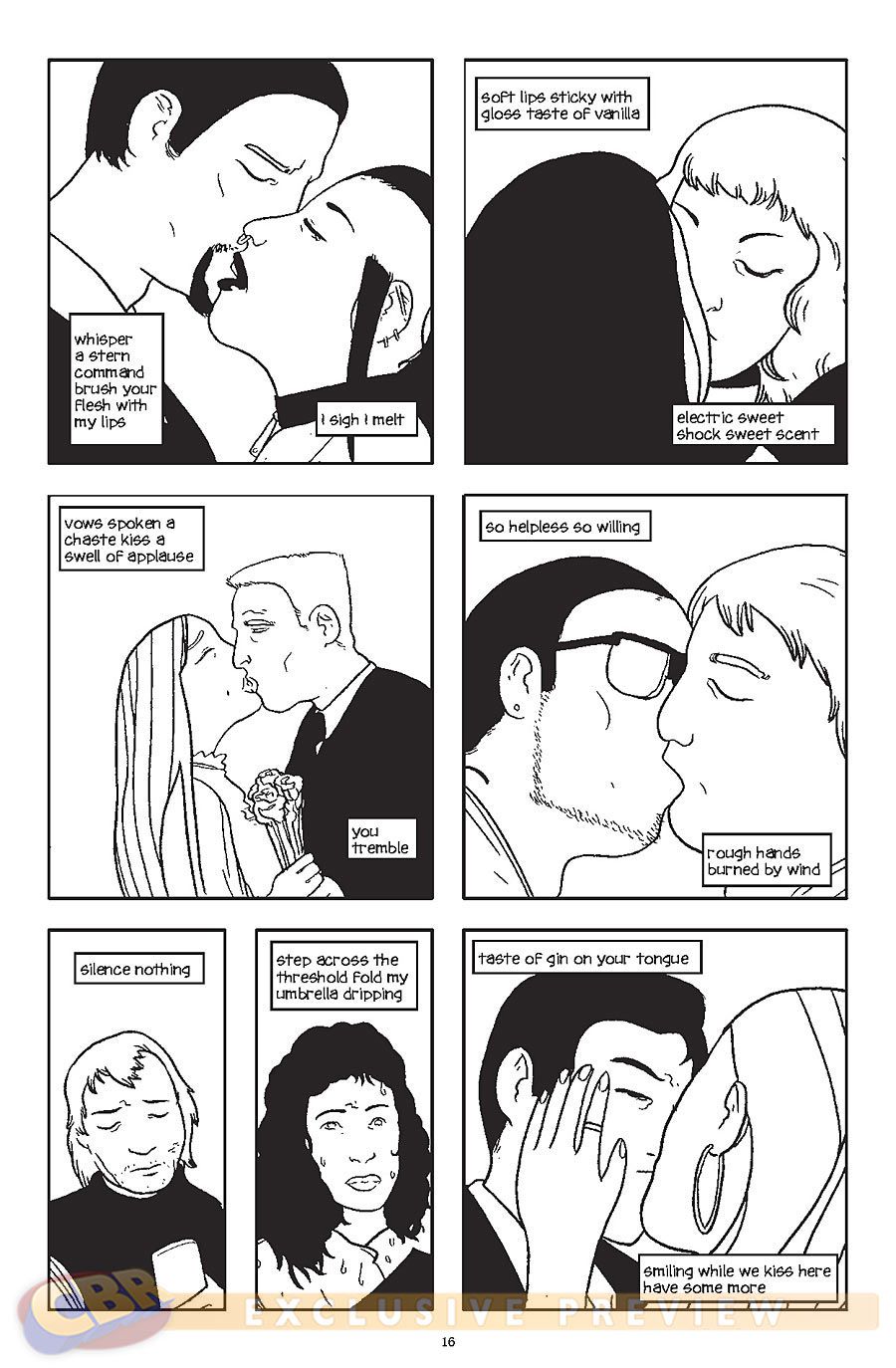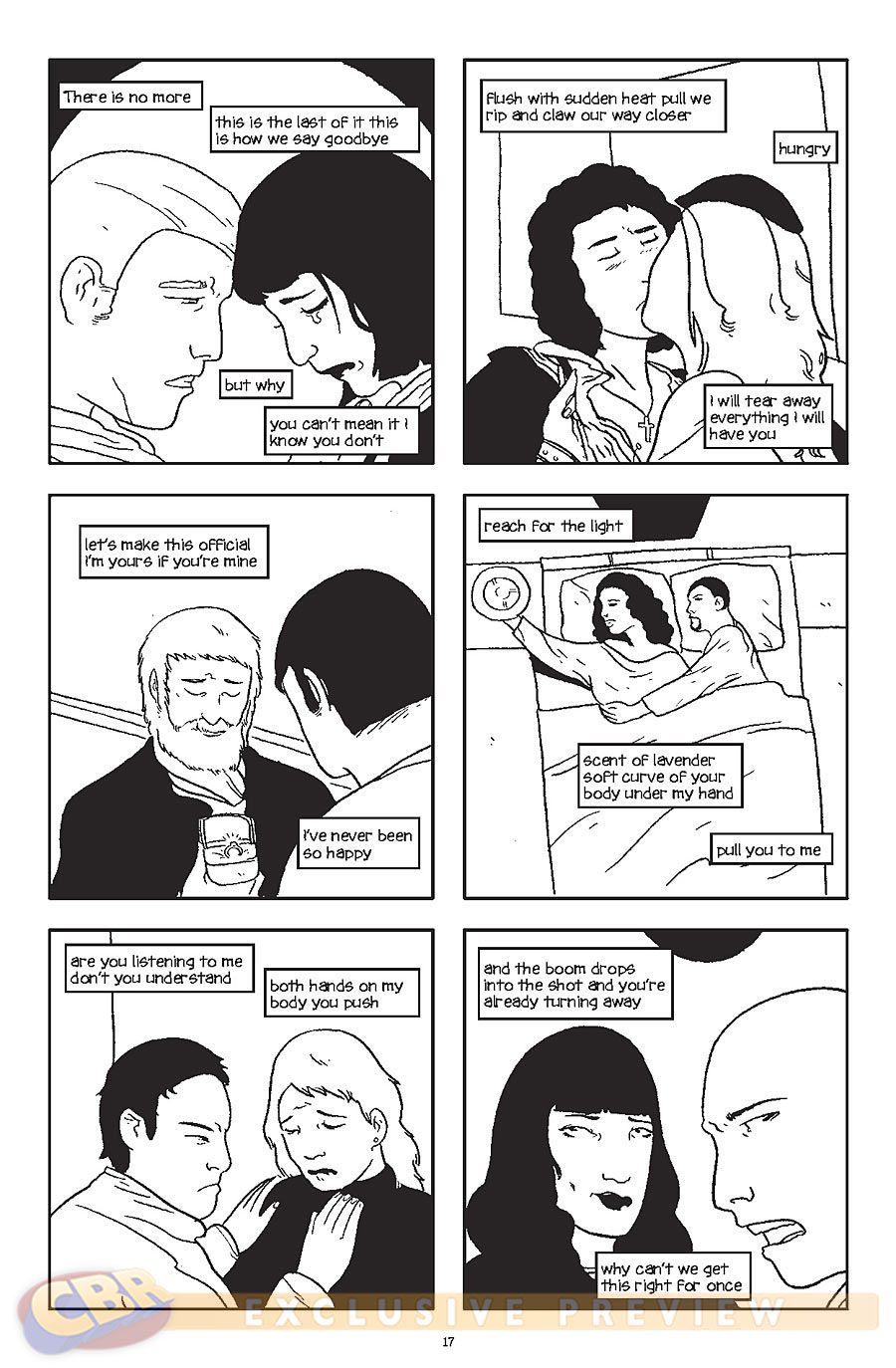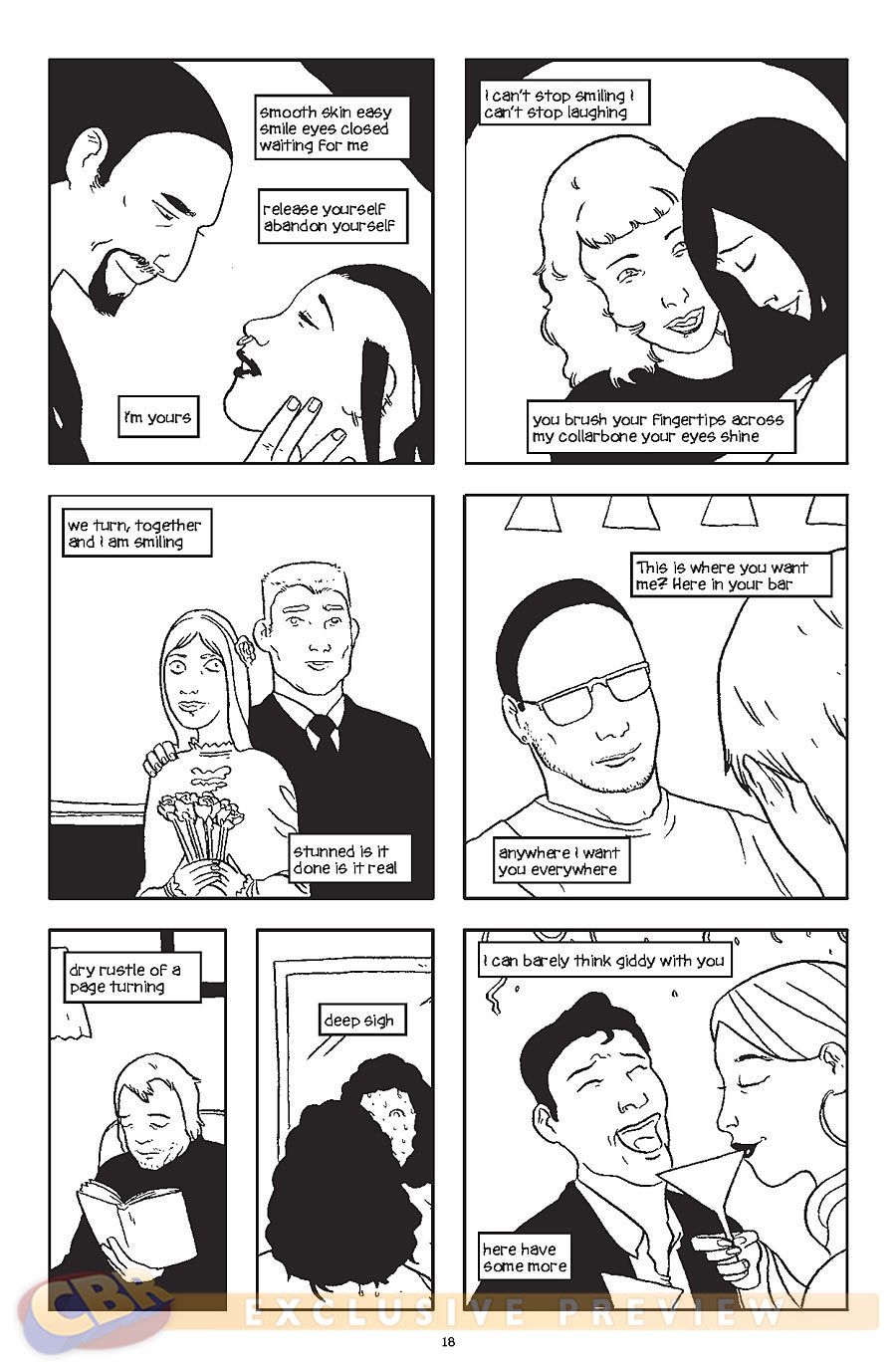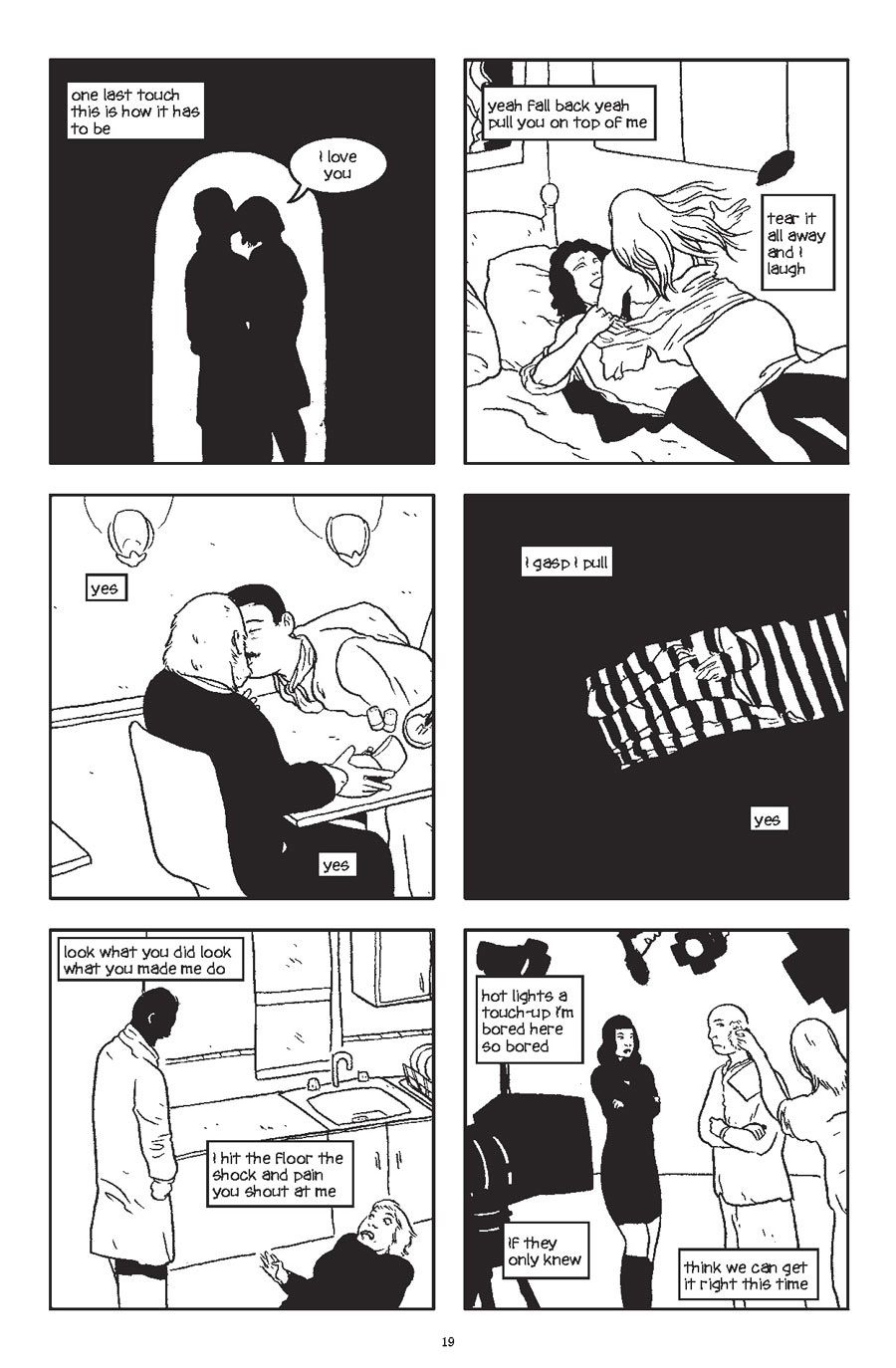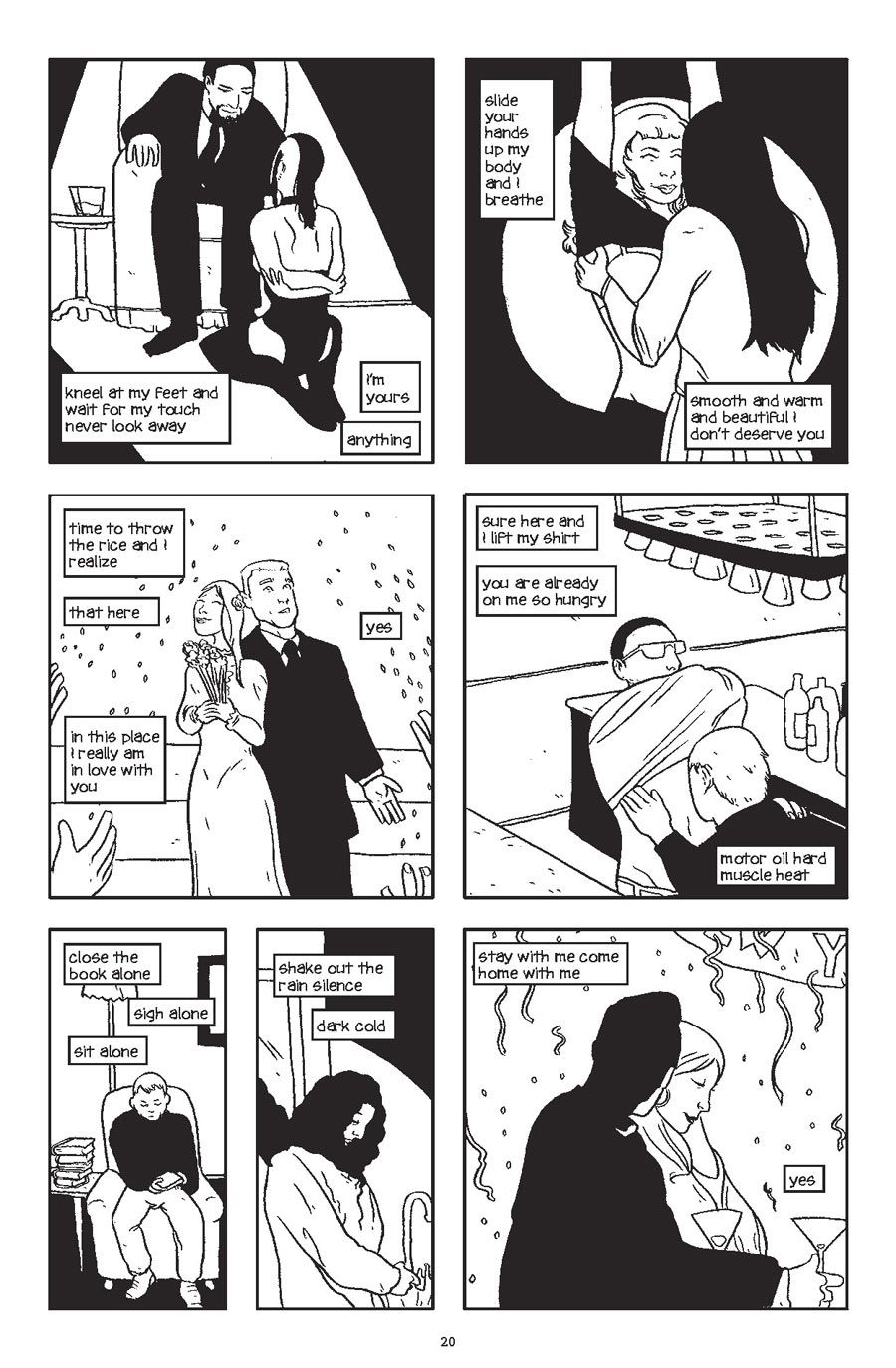As a writer, Ray Fawkes is, in a word, poetic. It takes a particular sense of self-awareness and observation that one only finds in poets to create an exceptional piece of work like "The People Inside." Fawkes, who wrote and illustrated the Oni Press-published "The People Inside," describes his follow-up project to "One Soul" as a book about love and decay. It's an acute description for a book that follows the lives and relationships, hardships and experiences, of 24 separate and unique individuals.
It's very possible, perhaps even likely, that most readers are fans of Fawkes from his current work on DC Comics' "Batman Eternal" or "Constantine," but his remarkable independent creations truly deserve to be celebrated. "The People Inside" reads like you're a vouyer, a curious avatar observing relationships that grow, wither and die. It's heavy, it's empathetic, and it's subject matter we're all familiar with. But when viewed through the framing devices and pacing Fawkes implements, it feels new. Fawkes spoke with CBR News about the processes that went into this lovely little book, his inspirations, and his creative process.
CBR News: Given the context of"The People Inside," I'd like to know where the idea came from. Is this a story you've been developing for a while now?
Ray Fawkes: Yes. The idea for"The People Inside"originated when I was in the process of creating"One Soul" -- it turned around in my mind and notebooks for a few years, and eventually came together into this book. I found it was something I really wanted to tackle next -- if"One Soul"is a book about life and death and a search for meaning, then"The People Inside"is a book about love and decay. It was a fractal subject, in that every small part of it I considered immediately threatened to unfold into a full story on its own -- leading to the treatment I ultimately gave it.
How did you and Oni come to work together on this project? Was this a story you already had fleshed-out, or did it grow into something else, something different, after you hooked up with the publisher?
Oni Press -- and specifically, James Lucas Jones and Joe Nozemack -- were so supportive and enthused about"One Soul"when I presented them with it (rather reluctantly, too, since I fully expected them to wave it off), that I couldn't resist presenting them with my next experiment in comic book storytelling, "The People Inside".They didn't hesitate at all in committing to it, and rather intimidated me with their faith in the project from the first moment I mentioned it.
There are a lot of emotions, a lot pathos in this story. I feel -- weighted. The reader as a voyeur always does that to me. Do you mind sharing some of your life experiences that you've put into the book?
I do mind. Please don't think of me as rude, but I feel that claims of authenticity are irrelevant to a work of fiction. They can create a sort of interestoutsidethe fictionbut as far as I know they can't make a bad book better, and only distract from the experience of a good one. I'm just not into writing essays about what I was thinking when I wrote something, or which parts I've really lived through, or anything like that.
In short: I am glad that the book had a real effect on you. I hope it does the same for many readers, and I dare to hope that some readers might even find it profound. I'm glad you saw real emotion in the work, because I wanted very much to put it there. That's all that matters to me.
Let's talk about the structure of the narrative. Now that it's all completed, what can you tell you're happy with? What would you like to go back and improve?
I am happy with the way it reads, and I am happy that I was able to close it off and say, "It's done now, and it's ready to be read." The urge to go back and improve the work -- by shifting a word or changing the cadence of a phrase, by reshaping one of the threads, or by redrawing panels -- is ever present, and must eventually be pushed aside or shut down in order to complete any work. At this point? I don't want to go back and improve anything. I want to move forward and create something even more ambitious and, one hopes, powerful.
What's your creative process like? Is there such a thing as a "typical day?" Do you have a favorite time of day to create?
I do follow a fairly regimented schedule in my day. I try to keep to a "nine-to-five plus" daily routine -- that is to say, I sit myself down at the table from 9-5 and try to write or draw the whole time (usually switching at the halfway points -- so either spending the morning drawing and the afternoon writing, or vice-versa) -- and if there's more I need to do, I do it late at night, after the kids are asleep. I try to do the work until it's done, if that makes sense. Minimizing distractions is always a problem.
What would you say were some of your inspirations and influences in"The People Inside?"
In the world of comics, my inspirations and influences are, I think, visible on the page. Los Bros Hernandez are incredible heroes to me, and I've been reading their unparalleled work for almost thirty years. Charles Burns is a strong influence, too. So is Guy Davis. I aspire to all of their astounding sense of craft. Likewise, I know that I would never write the way I do without the example of Alan Moore's structural poetry and Grant Morrison's fearless experimentation.
In the more general world of narrative, I am ever and always in debt to J.G. Ballard, Umberto Eco, David Cronenberg and David Mamet. I think their work affects every piece I write, in some way.
Phew! What a soup!
"The People Inside" debuts from Oni Press in early August.

